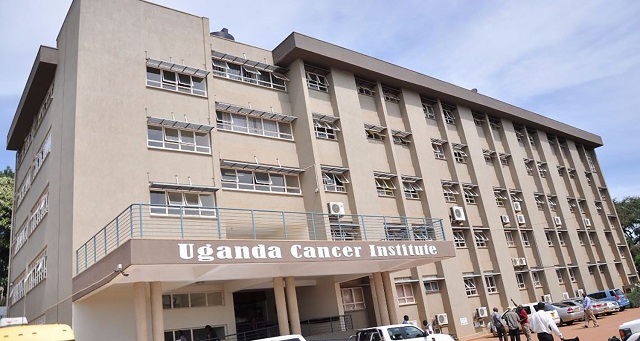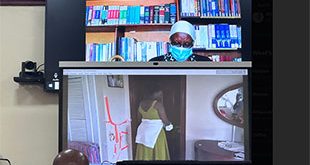
Kampala, Uganda | THE INDEPENDENT | The Uganda Cancer Institute has received funding worth 7.3 billion Shillings to equip its laboratory to become the reference entity for both research and diagnosis of tumours across East Africa.
The Institute’s Executive Director Dr Jackson Orem says they are revamping the lab using money acquired from the government of Uganda to cut down on expenditure by individuals who seek sophisticated tests from outside the region. He says that once it’s complete, they will then be able to conduct all tests done for all types of cancers.
The institute is the national referral hospital where cancer cases across the country are referred. It receives an average of 180 patients each day, and Orem says more than 50 percent require high-level diagnosis when they come. With the current status, they have only been able to handle some and others that can afford especially for rare cancers are referred abroad.
Dr Nixon Niyonzima, the Director for Laboratory and Research told journalists at a press conference in Kampala that they have divided the lab into two floors where they will have a fully-fledged microbiology lab, pan-cancer biobank, a haematology and transfusion lab, immunology, molecular oncology, pathology and the chemistry laboratory.
He says the infrastructure was built through a loan from the African Development Bank.
In addition to the new lab, they are setting up an oxygen plant to cushion against future shocks. Last month when the country had oxygen shortages due to critical COVID-19 patients, Niyonzima says they had to endure long queues at their private provider OxyGas and at times would get half of what they require.
Godfrey Osinde who heads the Pharmacy Division says the new plant at Mulago hill will be able to give them 200 big cylinders of 1,500 litres of oxygen in 24 hours. Each day he says they use 20 to 30 cylinders.
The plant is being acquired under a placement arrangement and Osinde says they negotiated with the manufacturer to be paid in instalments paying periodically for the quantities that they use.
Meanwhile, in terms of figures, the institute currently has 60,000 active patients whereby they record an average of 7,000 new patients each year. Niyonzima says its only last year that they received fewer patients at 6,000 new cases.
*****
URN
 The Independent Uganda: You get the Truth we Pay the Price
The Independent Uganda: You get the Truth we Pay the Price


 Anthony Natif notes from Court: Uganda Vs Molly Katanga and Others 13/May/2025
Anthony Natif notes from Court: Uganda Vs Molly Katanga and Others 13/May/2025
